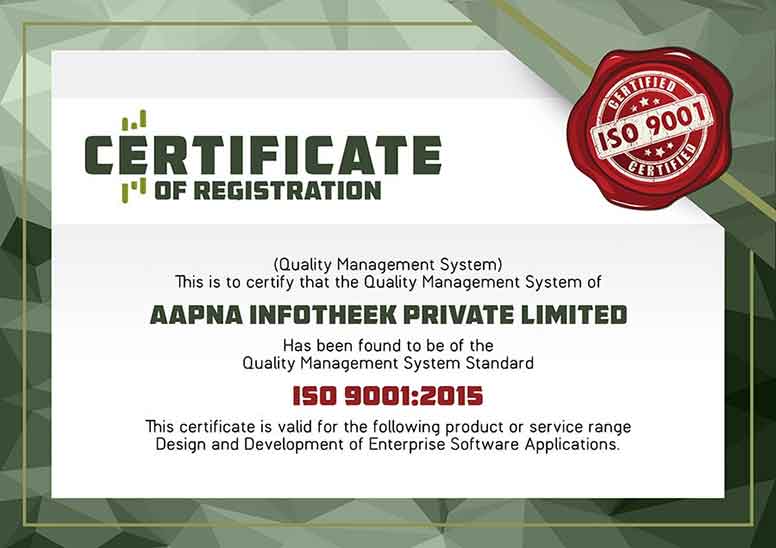GET RID OF 7 WASTES - GO LEAN !
DEFINITION
CAUSES
IMPROVEMENTS
EXAMPLE
MOTION
Unnecessary Motion/Movement of people, Information, issues that does not add value to the customer
- Infrastructure landscape (Servers located in different locations), Office layout (Project team operating from multiple locations) and Time zones (Customers located in different time zones)
- Ineffective dependency, Poor Scoping
- In-sufficient skills, poor documentation
- In-efficient processes with too many hand off’s, touch points)
- Apply Kanban system to do effective work distribution
- Multi skilling /Cross training
- Eliminate NVA steps, Digitization
- Moving a ticket between L1 and L2 teams or with in L2 teams locating the right team/expert
- Un-availability of a particular App’s SME across time zones resulting in variation in response time, resolution quality etc
- Multiple mails between user and App. Admin. team for correct / complete info to set up the user account
WAITING
Unnecessary processing resulting in high wait time for downstream processes. Waiting for information, data, Experts, Go-No Go
- Incorrect / Ineffective resource planning (Lack of skills, Poor cross skilling)
- Infrastructure issues (App Performance, Disk space)
- Upstream dependency (Issue Resolution, Jobs/interfaces)
- Process breaks / bottle necks (CCB, Migration, Maintenance)
- Right skilling, Cross skilling
- Infrastructure fine tuning / enhancement
- Training & Certification, Interfaces optimization
- Eliminate unnecessary approvals, touch points, Lead time
- Resources waiting user confirmation, approvals etc
- Delay in user log in / navigation, Delay in report generation
- Development team waiting for Design team to provide final specs
- Testing team waiting for Developer team to move changes to Test instance
- Waiting for CCB approval, Waiting for Developer team to move code to Testing Env., Tech window
OVER PRODUCTION
Producing output/deliverable earlier than or ahead of schedule (vs. just-in-time). Overdoing something un-necessarily
- Poor prioritization, Project schedules & push production
- Working on the wrong requirements at the wrong time (Working on a code change that before the BRD sign off)
- Poor domain /Application /Technology /process knowledge
- Improve lead time and requirements management.
- Establish SOP’s. Maintain them on a continuing basis.
- Streamlined workflows and flow of deliverables
- Removal of Redundant Interfaces, Reports
- Data gathering, Analysing and Reporting too many metrics without any action / follow-up
- Producing more number of test cases for a business scenario.
- over doing of questioning and communication (Too many mails being sent by analyst for the same issue)
- Developing Functions that is not used by customer
PROCESSING
Unnecessary or non-value added activities / processing steps that are not actually needed
- Poorly designed code/application
- Scattered data, poorly designed databases
- High Manual Touch points
- Work is not standardized
- Process breaks/Bottle necks
- Fine tune program logic
- Optimize space utilization
- Automate the process
- Eliminate non-value added steps
- Combine steps/forms
- Create Self-help tools
- Un-optimized Application code
- Complicated Application Interfaces / workflows
- Team attending non value adding cross team conference calls
- Misdirected tickets from L1
- Un-necessary approvals in the workflow process
DEFECTS
A programming defect, process defect, repeat issues, rework that impacts the customer business and productivity
- Incorrect coding, Impact analysis
- Incorrect requirements/BRD
- Lack of Standard Processes
- Poor skills
- Lack of pro-active approach
- Define VSM to understand wing to wing impact and dependency
- Root Cause Corrective approach
- Adhere to Scope and Sign off process
- Peer review
- Document procedures (SOPs)
- Repeated issues for the same cause
- Poor Impact analysis
- Changes made in production without communicating to the dependent /related application teams
- Lot of reviews in the development cycle
- Cycle time or TAT variation
- Rework
INVENTORY
Holding resources more than required and not utilizing them. Owning more than what can be delivered. Retaining something that no one needs.
- Incorrect effort estimation and planning
- Improper work distribution
- Lack of version control/audit process
- Low Lead Times
- Establish Kanban system to ensure proper work distributiong
- Implement Version control process
- Reduce lead times
- Setup proper SLA parameters
- Tickets in Queue in WIP or Approval Awaited mode
- Employees on bench
- Unused Features in Application
- Reports with multiple unnecessary fields
- Redundant Reports
DATA MANAGEMENT
Unnecessary information /data processing, Incorrect data feeding
- Lack of segmentation of ‘Must’ and ‘Nice’ to have data
- In-correct business rules/Policies
- Poor Program/Interface logic
- Lack of Impact analysis and validation checks
- Poor Infrastructure
- Re-defining business rules and changing the data flow logic accordingly
- Simplify authorization, reduce lead time
- Apply 5S to eliminate unnecessary files, data
- Implement a robust CCB process, build validation checks up/down stream at User entry level
- Infrastructure fine tuning / enhancement
- Delay in data availability
- Un-necessary Full load while incremental can meet the requirements
- Incorrect Data flowing from upstream resulting in job failures / data inconsistency
- Data base server slow/hung/failure due to lack of space/Excess processing/load








